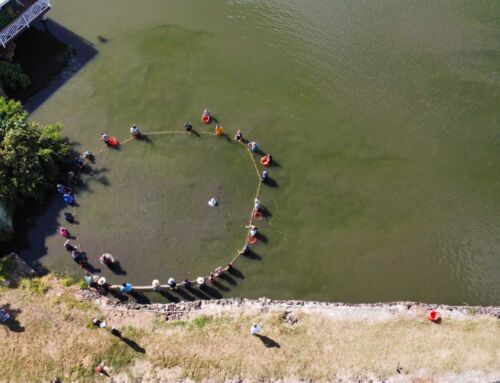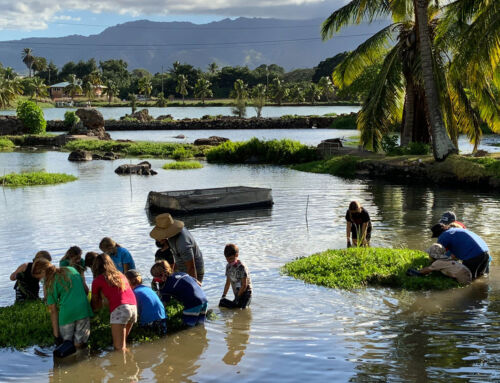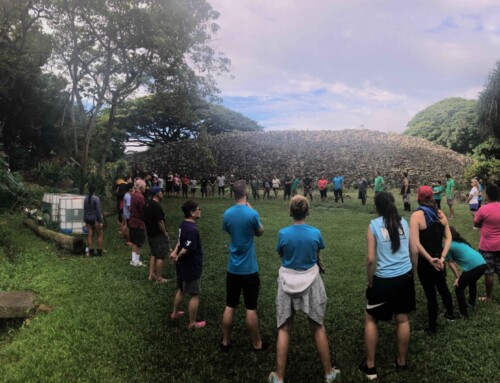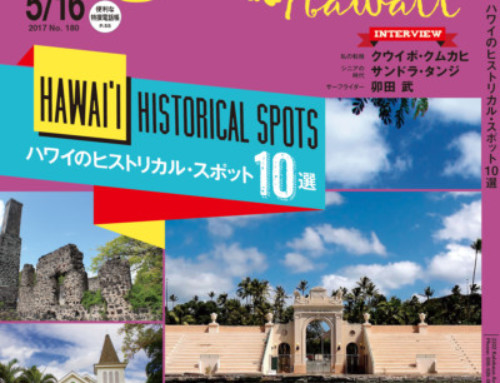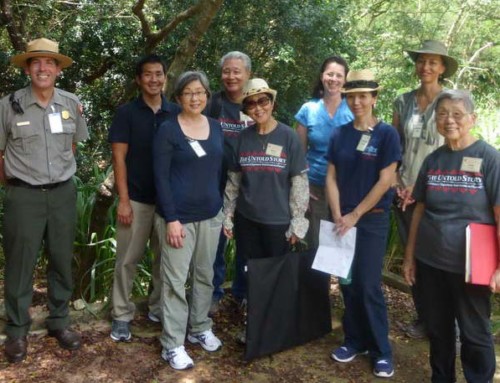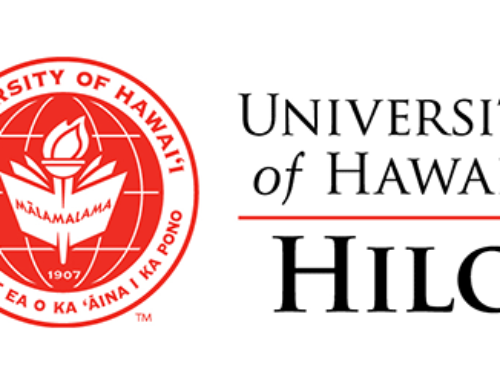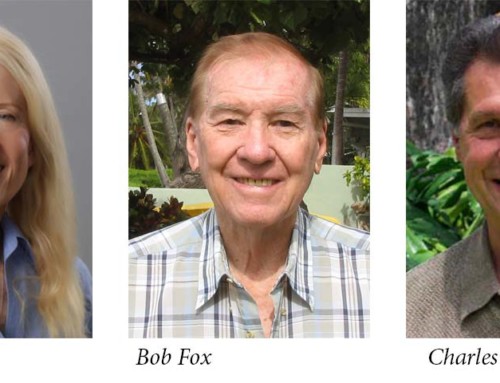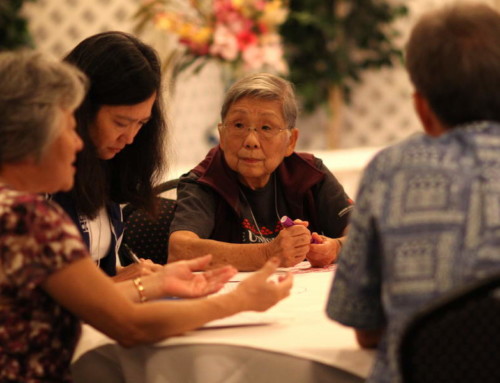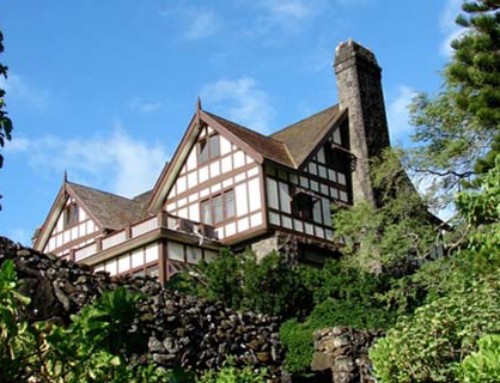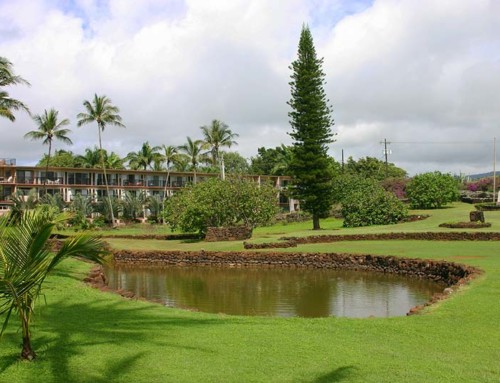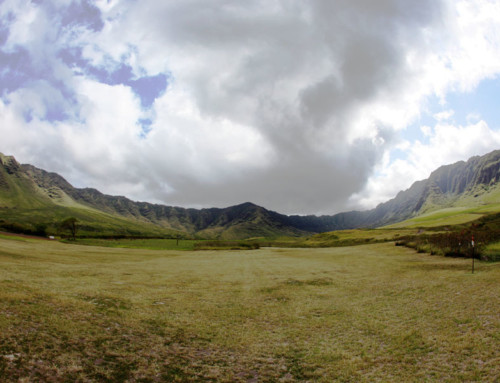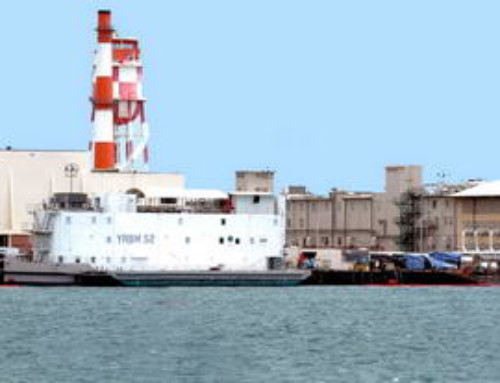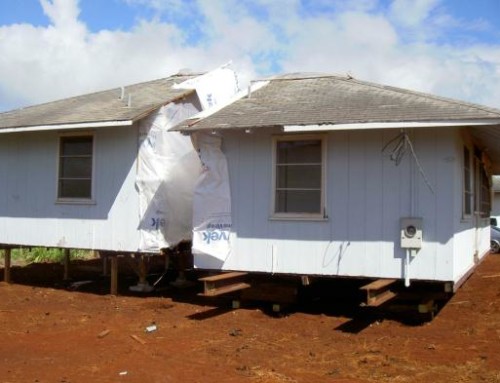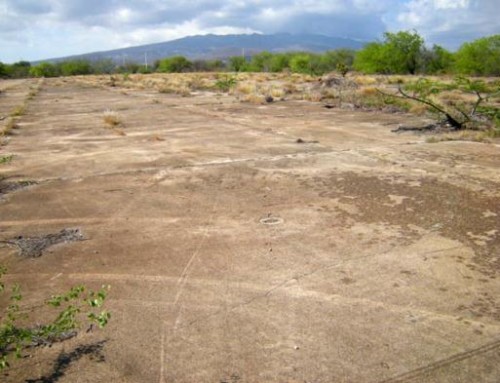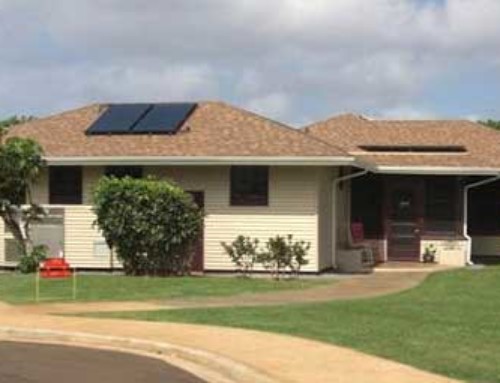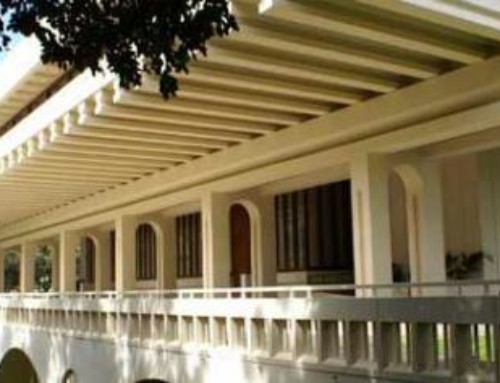On December 7, 1941, Hawai‘i was attacked by the Japanese Empire’s naval and air forces. Immediately following those attacks, President Franklin D. Roosevelt issued Executive Order 9066. This order authorized the exclusion of persons of Japanese ancestry from the entire Pacific coast. Citizens with as little as one-sixteenth percent of Japanese blood were placed in internment camps. Without judicial process, nearly 120,000 Americans of Japanese ancestry were detained in War Relocation Authority Camps and Department of Justice Internment Camps; about 2000 of those detained were Hawai‘i residents of Japanese ancestry. On January 2, 1945, the exclusion order was revoked entirely and the internees began to leave the camps to rebuild their lives.

This photo: Concrete foundations are all that remain of the Honouliuli internment camp.
Top photo: Guard stations were positioned at the top of the valley in order to watch over the internees.
There were five internment camps in Hawai‘i, known as the “Hawaiian Island Detention Camps.” One of those camps was the Honouliuli Internment Camp located in ‘Ewa on O‘ahu. Little was known about the Hawai‘i internees and their experience. Surprised by the lack of information, the Resource Center at the Japanese Cultural Center of Hawai‘i (JCCH) set out to collect documentation, first-hand accounts and artifacts from the internees.
Honouliuli Internment Camp Advisory Group was developed to complement the JCCH’s goal of designating the Honouliuli internment-prisoner of war camp site and associated sites within Hawai‘i as part of the United States National Park Service (NPS). The committee is comprised of members from JCCH, State Historic Preservation Division, University of Hawai‘i West Oahu, Japanese American Citizens League Honolulu Chapter, Historic Hawai‘i Foundation; Monsanto, and members appointed by the Speaker of the House and by the President of the Senate.
The Japanese Cultural Center of Hawaii is the lead agency in pushing for recognition of Japanese internment in Hawai‘i. JCCH has been instrumental in identifying the Honouliuli site and recently identified to Kalaheo Stockade where Japanese Americans on Kaua‘i were briefly interned. The JCCH will continue to bring their expertise and partnerships to the table.
Landowner Monsanto is also a contributor in that they are moving forward with the subdivision of their land, so that when and if NPS is ready to accept the land, it would have already been subdivided. The landowner is paying the cost for subdivision and continues to be an active partner in helping to visualize the future of the Honouliuli Internment site.
The committee plans to bring in additional partners over the next three months to broaden the vision for Honouliuli. The materials developed will be used in outreach and fundraising efforts to continue to develop partners for the creation of a Honouliuli Japanese Internment Site National Park.




